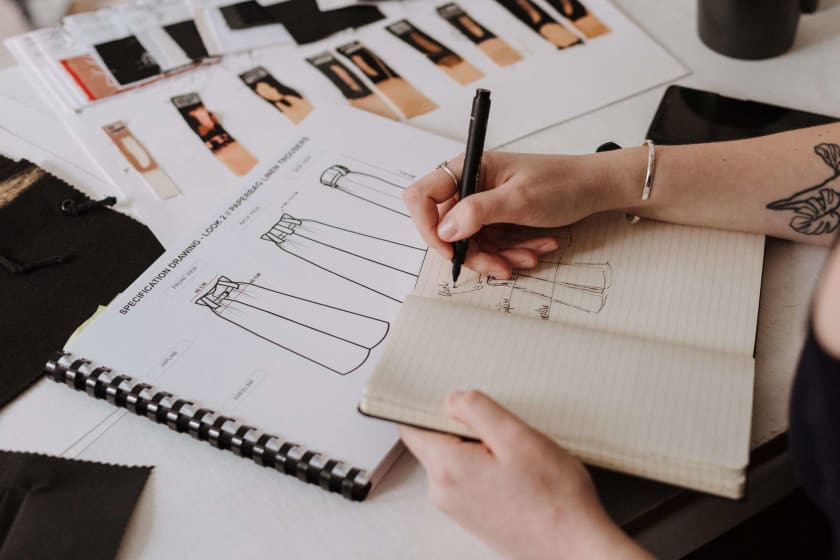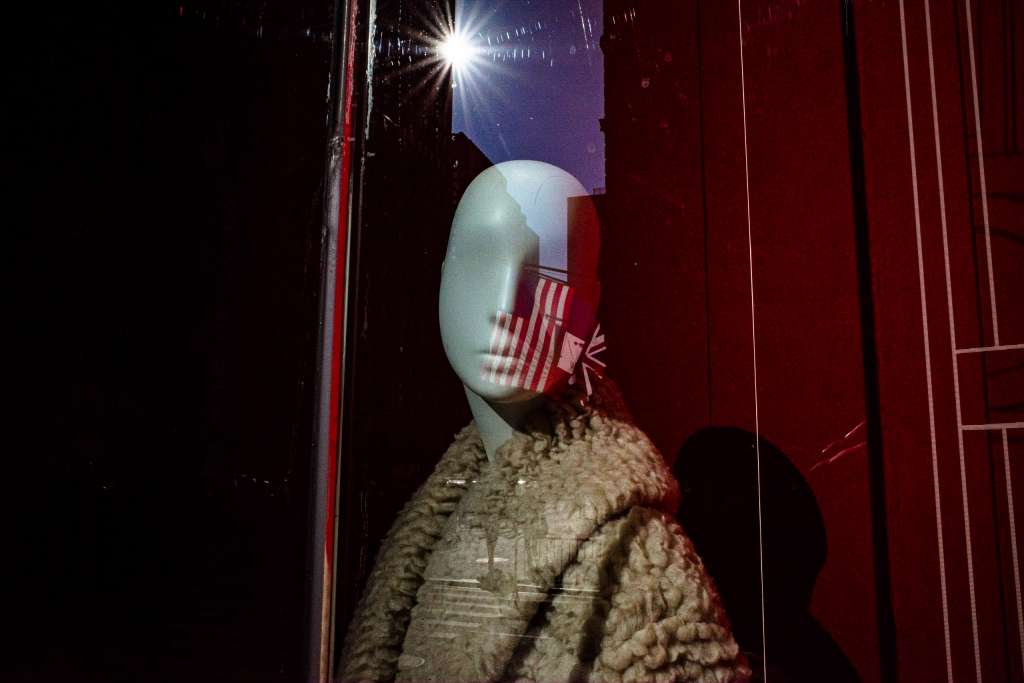How to Maintain a Fashion Collection For The Fashionistas



Launching a product-based fashion brand revolves around the creation of collections. To be successful, the collection should consist of high-quality pieces.
Designers need a commercially strong fashion collection regardless of their selling strategy. It needs to be commercially viable, meaning it should be cheaply made and with an eye towards what will sell. The collection should also meet the needs of all buyers.
Remember, quality scores over any other factor in the fashion industry. It is the one essential thing that makes customers feel good about themselves and pushes them to return to your piece repeatedly.
Key important factors to maintain a collection for the fashion seekers

1. Style Statement
A robust collection can highlight the connection between various items and an overall theme.
The main element of a great collection is a signature style that should have its own style and uniqueness. Unless your product offers something new or extraordinary, why would customers try it on?
One may watch any top designers out there; they all have unique imprints on their collections.
A designer's signature style will make them instantly recognizable. This sets them apart from other designers. The signature style could be specific colors, shapes, or materials. But how they are used in the designs makes the difference in distinguishing them from others.
But remember, overdoing things can backfire. Make sure you stick with the rules of simplicity and quality.
2. Collection Essential
Designer collections are often curated to be worn together. But many designers also have collections around a single product that sells in different colors and sizes.
For example, Longchamp is famous for its nylon bag collection.
A business house can start by deciding the design they want to promote and the type of business they want. Most people start with a single product and then choose to add more products later.
It’s rare, but sometimes people start with a business model and later add different types of products for their customers.
Improve the design of your multi-item collections with these hacks

Many designers succeed in creating a cohesive collection, each with a standout item. For instance, they may make a single cloth thread the focus of the design.
Everyone has unique styling skills, but what's important is to improve the collection on show consistently.
Here are a few tips to keep you going:
Explore collection size
When showcasing a collection, many designers are encouraged to aim for having at least 12 pieces or styles. This creates a successful collection of pipelines. Of course, the designer can do more if he has a bigger budget.
A more extensive collection will present more styles and increase the designer's exposure. This will also make the audience understand the designer's versatility.
It is important to remember that if the designers specialize in a specific product category, this could result in a more significant number of items. Working on 12 styles, for instance, as an apparel designer may result in at least 24 separate items, tops and bottoms.
Designers should think about the collection in terms of its depth and breadth. Include various pieces that allow the customer to find what they want.
When creating an outfit, you should consider the color. Would you sell the designs in a single color choice, or would you offer more options for buyers? Another element is sizing, but it should not change the collection's presentation.
However, amateur or inexperienced designers may ask other designers for feedback on the best sizes. This can lead to unfavorable consequences.
Small businesses often mistake comparing themselves to more prominent brands to figure out how much inventory they should carry. They look at what the more prominent companies are doing but forget that their customers may not be the same size as theirs.
Quantity versus quality
Fashion lines can range from a few items to 100+, depending on the brand. The production minimums for a collection are typically high and require large sums of money.
Add to this the number of color options, sizes, and materials, and these expenses can quickly pile up.
Unless the quantity of styles offered is well-curated, having more options is a disadvantage. Too many different styles will almost always confuse customers. They may see it as a sign that the company has poor decision-making skills.
Productive designers must be tough on themselves and trim anything redundant that says nothing about their work.
Remember the golden rule "quality over quantity." However, if you have access to both, there is nothing like it.
Pricing
Successful collections must provide buyers with color, product choice, and pricing options.
There are three types of customers that most businesses will encounter
- Customers who are new to the brand and products.
- Customers who are aware of the brand but have made no purchase yet.
- The customer who has purchased at least one product.
Design houses can tailor communications, sales pitches, and marketing materials based on these three types of customers.
Knowing how pricing can increase a company's success is also helpful. Remember, reasonable pricing always maintains customers' interest.
The importance of how a product is perceived
Perceived value is the difference between how much your customers think they should pay for a product and how much they actually pay.
Customers are willing to pay more for a product when they feel satisfied with its tangible and intangible qualities.
Intangible qualities that make people feel good include product design, quality, variety, and convenience.
Tangible qualities are the materials used in the product.
Here are some pointers to help understand why consumers might pay more
- the offerings or services
- the uniqueness of design
- quality workmanship
- patented approach
- Packaging details
- Additional value adding through process or storytelling
Therefore, when creating a line or business that is of perceived and actual value, ask yourself these two questions:
“What can be done to increase the perceived value?”
And “what can be done to increase the level of actual value?
Final takeaway

When designing a collection, pretend to be a customer. How and why would a buyer buy a particular designer brand of clothes?
Different shops have different aesthetics: consider what a store wants to keep in stock. Play around with the designs and imagine why other shops would like to buy them. That way, a designer will know if they need to change anything or if there's an overdone trend in the inventory.
Consider the collection in terms of looks and marketing. Test different pieces by showing them to various shops or buyers. In the process, businesses can analyze if they are missing anything and adjust accordingly.



















